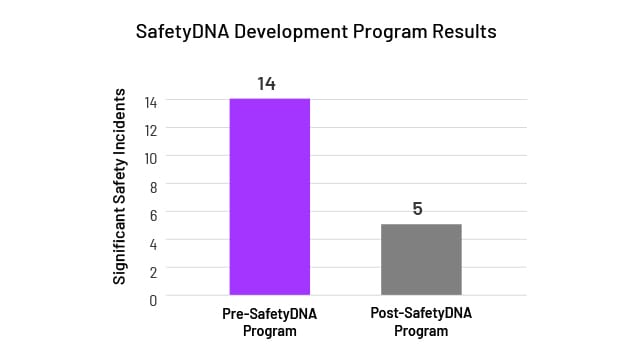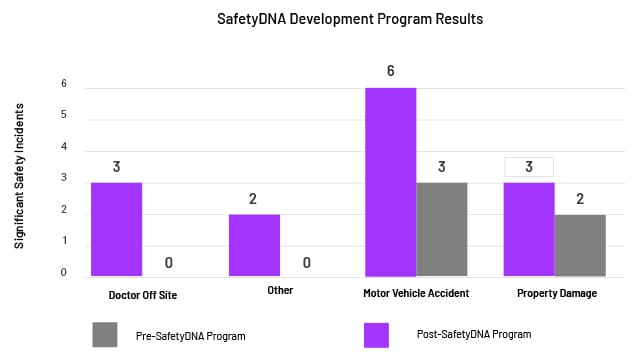Challenge
From 2010 to 2012 OSHA recordable incident rates have essentially plateaued with a reduction of less than 3% over that time period. In addition, according to the DOL, more than half of the 3 million private industry recordable cases were of a more serious nature that involved days away from work and job transfer or restriction.1 In 2012 these occurred at a rate of 1.8 cases per 100 full-time workers, statistically unchanged since 2009. Traditional safety initiatives that focus on training, policies, and engineering are having some impact, but they are not enough if your ultimate goal is a Zero Harm workplace.
A critical flaw that safety initiatives make is they approach safety from a technical perspective rather than a personal one. No one asks the simple question which is, “Regardless of training, are certain individuals innately safer than others, and if so, why?” Intuitively we know the answer is yes! Yet, more importantly, now there are scientific data to show how vastly different individuals are in terms of the psychological traits, known as SafetyDNA, which are most closely related to exposure and at-risk behavior. By understanding one’s SafetyDNA, individuals become proactive in reducing their risk for injury.






